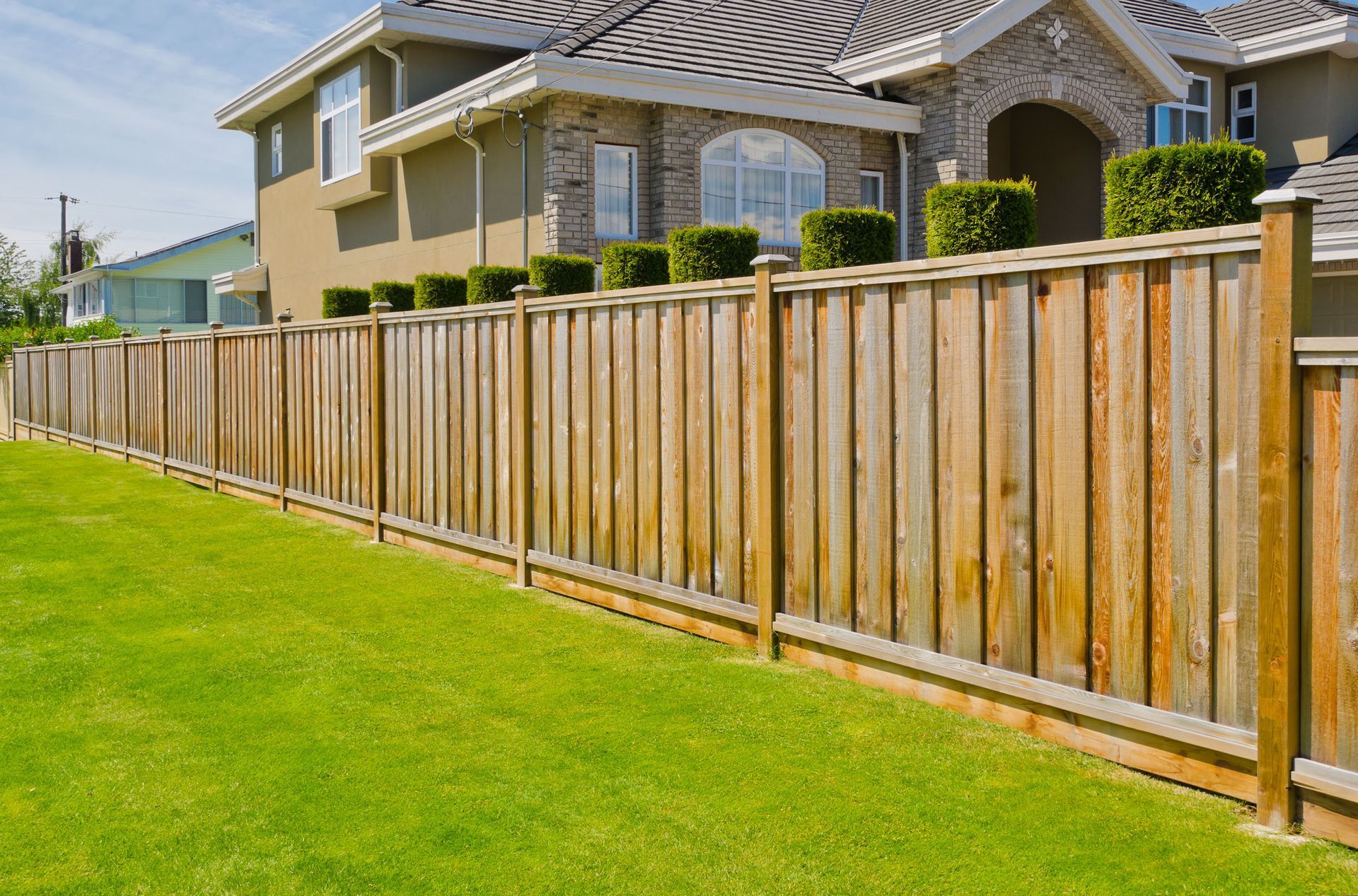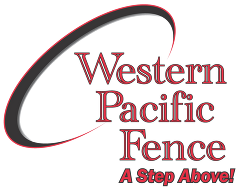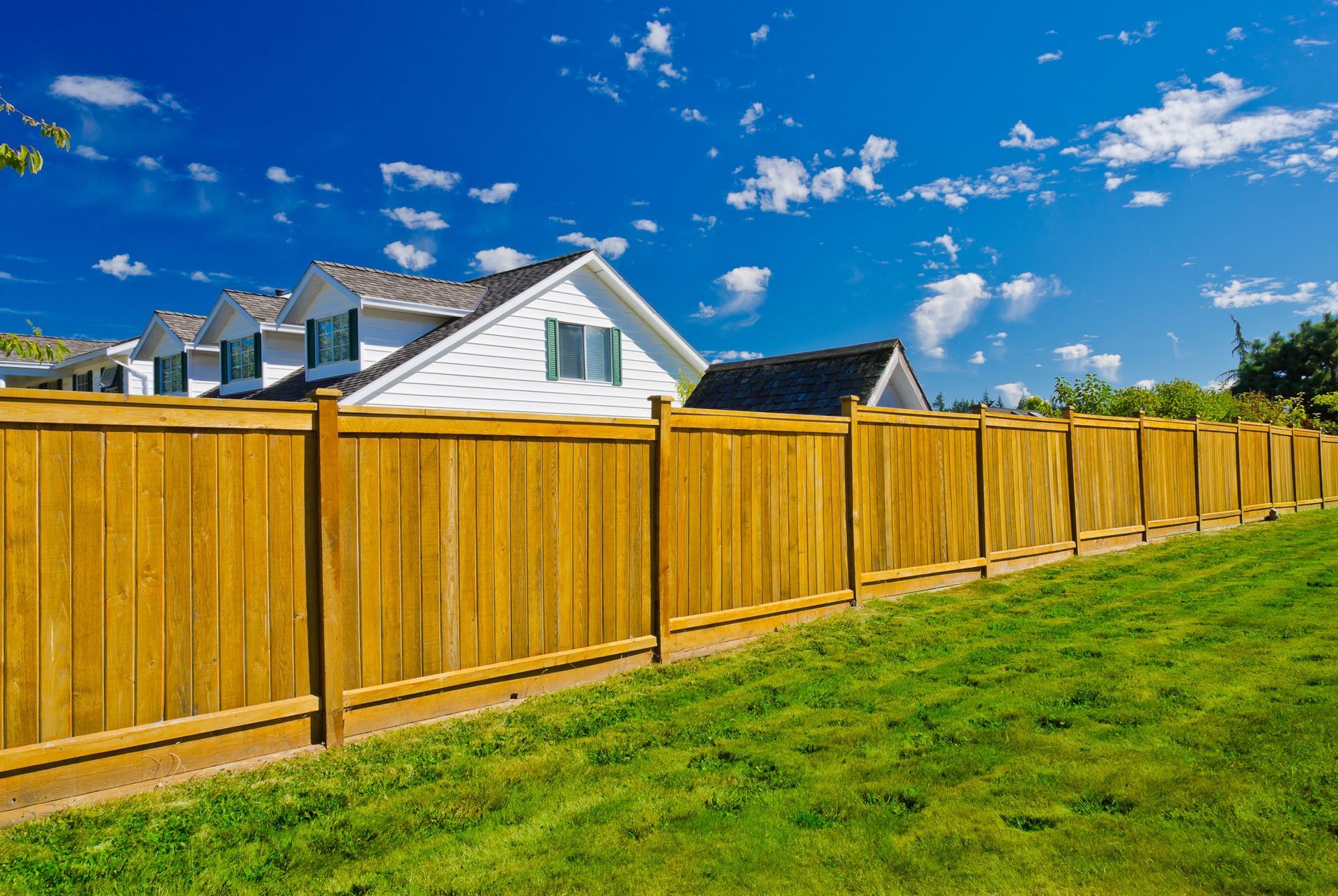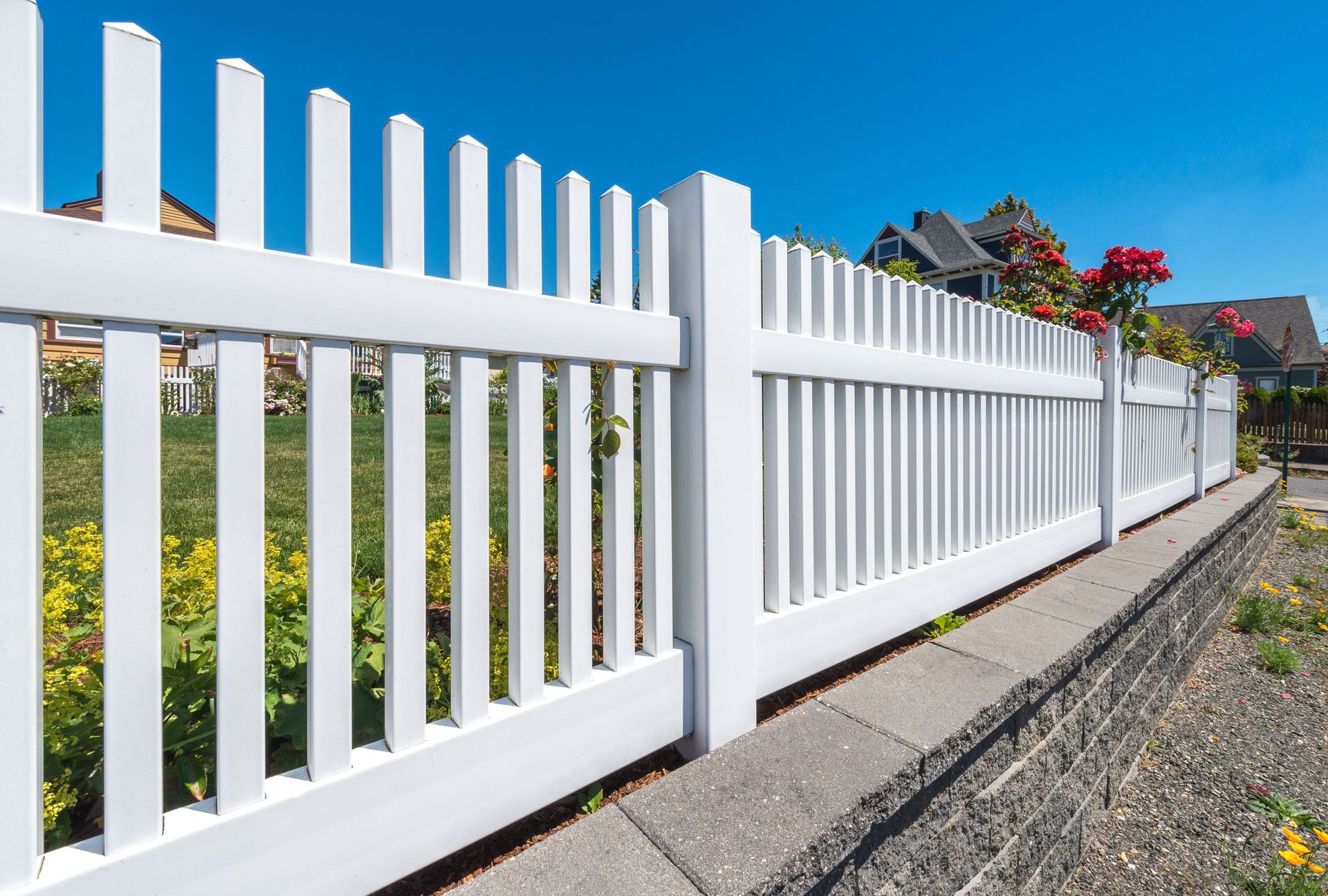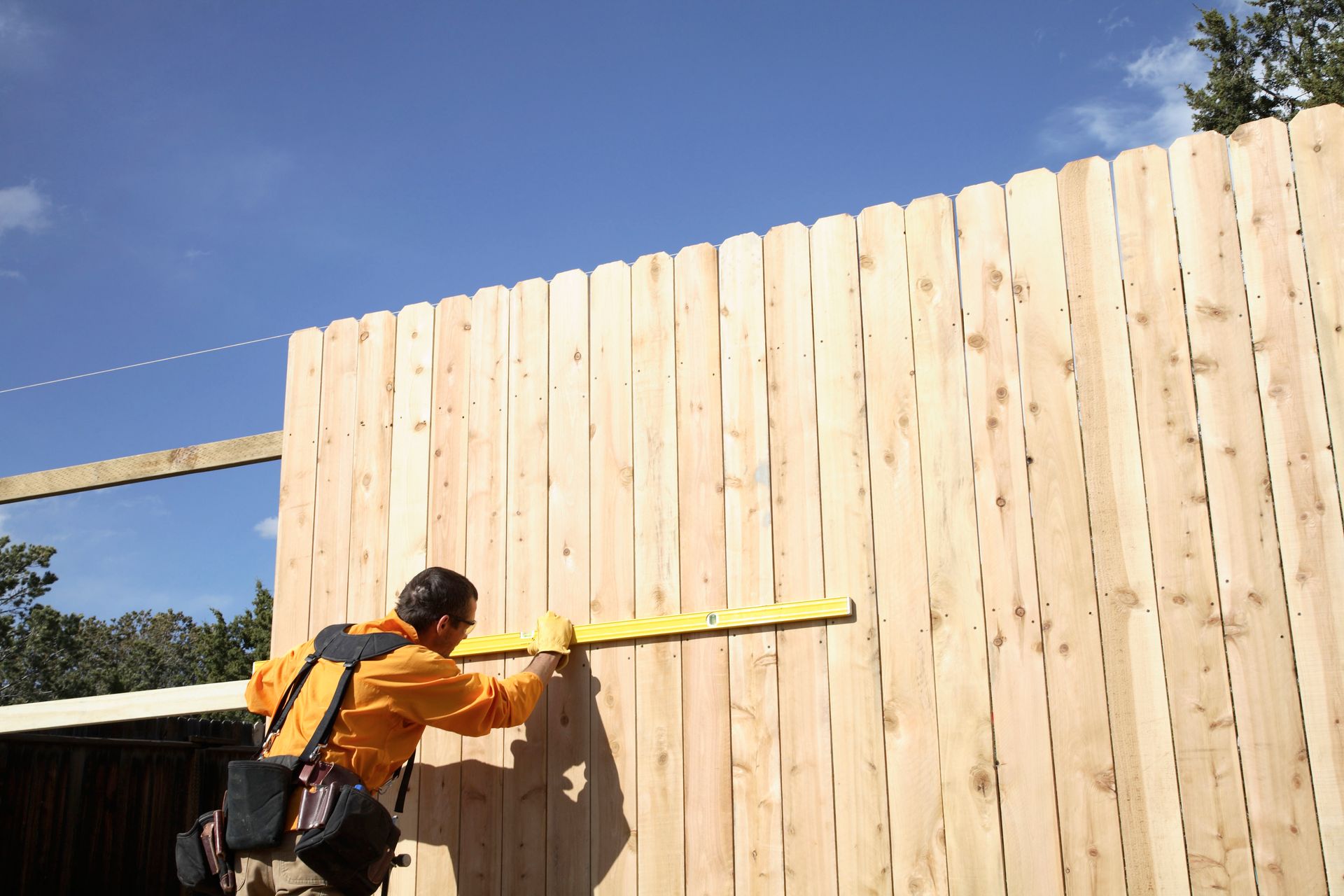October 17, 2025
Installing a fence is a great way to enhance the privacy, security, and aesthetic appeal of your home. Proper preparation before the arrival of fence installers can make the process smoother and quicker. This article provides detailed guidance on how to get your property ready for fence installation, ensuring a successful and efficient project. By taking proactive measures, you can prevent potential issues that might slow down the installation or increase costs. Following this guide will help streamline your fence installation experience, providing long-term benefits for your property.
Mark Your Property Boundaries Clearly
Determining the exact boundaries of your property is an essential first step in preparing for a fence installation. Using a property deed or a survey from a licensed surveyor can precisely establish the lines of your property. This step prevents disputes with neighbors, which can lead to costly legal challenges. Once boundaries are identified, consider marking them physically, perhaps with stakes or flags, to provide a clear visual reference. Properly marked property lines ensure that your new fence is installed legally and harmoniously with adjacent properties.
Assess Your Terrain and Soil Conditions
The type of terrain and soil in your yard significantly affects the fence installation process. Assessing the soil type is imperative to predict how it'll behave during post-installation. According to FieldCamp, an online service software resource, rocky soil or hard clay could add up to 30% of additional labor time with fence installations. Planning accordingly can help manage expectations in terms of timeline and potential additional costs. Understanding your terrain allows you to select the right type of fence and installation method.
Plan Your Fence Layout and Gate Placement
The position and layout of your fence not only dictate functionality but also affect overall aesthetics. Carefully considering where you need gates, how you want corners to be defined, and how the fence fits with your landscape is fundamental. Imagine the flow of traffic and how the new installation will interact with current structures and vegetation. Consultation with experienced landscape architects or fence designers can provide creative solutions. Thoughtful layout planning helps ensure the fence complements your property’s natural beauty.
Review Local Zoning Laws and HOA Regulations
Before breaking ground, it's important to review any local zoning laws and HOA guidelines applicable to fence installations. These documents may specify the allowable height, design, or materials for your new fence, affecting your choices. Failing to comply with these regulations could result in fines or an order to remove the construction. Collaborating with local authorities or homeowner association representatives ensures that your project aligns with community standards. Adhering to these requirements not only fosters community goodwill but also safeguards your investment.
Schedule the Installation Date in Advance
Scheduling the installation date is a vital step in securing a smooth workflow. Coordinate with the fence installers to choose an appropriate and mutually agreeable timeline. Take into account potential weather conditions, which can impact both the timing and the efficiency of the installation. Confirming a specific date helps in aligning preparations and ensures all necessary materials and permits are in place. Clear communication during this phase provides a foundation for achieving project milestones promptly.
Set Realistic Project Timeframes
It's crucial to establish clear expectations regarding project timeframes with your fence installers. Discussing how long each phase of the installation is expected to take can prevent misunderstandings and surprises. Depending on factors such as soil type or unexpected weather conditions, these timeframes may need adjustments. Keeping open lines of communication ensures flexibility and cooperation throughout the project's duration.
Communicate Special Requests and Design Preferences
Addressing any special requests or concerns you might have with the fence installers is fundamental to achieving satisfactory results. Whether it involves specific design elements, material selection, or adjustments for landscaping features, clarity is key. Arrange for an initial consultation to convey your vision and preferences accurately. This fosters a collaborative relationship and ensures your needs are met effectively. Listening and responding to each other's concerns contributes to a positive installation experience.
Obtain All Necessary Permits and Documentation
Ensure that all necessary permits and documents are in place before commencing the installation. This typically includes zoning permits or special permissions required by local authorities. Working closely with your fence installers or a hired permit specialist can simplify this process, ensuring no essential step is overlooked. Acquiring appropriate documentation secures the legality and compliance of your installation with local regulations. Thorough preparation helps to minimize the risk of delays or penalties once the project gets underway.
Designate a Clear Point of Contact
Establishing a clear point of contact enhances communication during the installation phase. Identify a project manager or a primary individual responsible for overseeing progress and addressing concerns. This ensures any issues that arise are quickly communicated and resolved, maintaining an active flow of work. By simplifying communication channels, both the property owner and the installation crew remain informed at every step. A designated point of contact fosters coordination, leading to a seamless and successful project.
Secure Pets and Children During Installation
Securing pets and children during the installation process is pivotal to ensuring safety around the construction area. Consider temporary barriers or containment solutions to prevent them from entering the work zone. This avoids potential accidents and disturbances to the installers’ operations. It also provides peace of mind knowing everyone’s safety is prioritized while work is underway. By preparing in advance, you maintain a safe environment for your family, contractors, and pets alike.
Clear Access to the Work Area
Facilitating clear access to the installation site enhances the efficiency of the contractors’ efforts. Ensure paths leading to the work area are free of obstructions or unnecessary items. Removing these barriers accelerates movement and equipment transportation, optimizing work conditions. Confirm entry points are accessible, and supply any gate or lock keys the team may require. Thoughtfully managing access fosters smoother workflow and supports timely project completion.
Discuss Safety Protocols With Installers
Engaging in a discussion about safety protocols with your fence installers exhibits a proactive approach to potential hazards. Understanding the measures in place to safeguard everyone’s well-being instills confidence and promotes a culture of safety. Confirming what precautions will be taken during the installation helps mitigate risk exposure. This approach fosters transparency, empowering you to adequately prepare your family and home. By prioritizing safety, you contribute to a successful project, free from preventable incidents or accidents.
Prepare for Weather-Related Challenges
Weather conditions can significantly impact the timeline and success of your fence installation project. Plan for seasonal concerns, such as rain delays or extreme temperatures that could hinder progress. Engage with the installation crew to adjust schedules or equipment as needed for each day’s conditions. Considering potential challenges in advance assures you and your contractors remain adaptable. By anticipating adverse weather, you coordinate efforts to maintain productivity and project flow, regardless of climate factors.
Conduct a Final Pre-Installation Walkthrough
A final pre-installation walkthrough confirms all preparations are complete before the actual work begins. Review the site with fence installers, ensuring no details were overlooked, and verify that plans remain unchanged. Address any last-minute concerns or questions and discuss alternative scenarios if necessary. A concluding walkthrough secures alignment on shared objectives, reducing the risk of misunderstandings about the project. Taking this step ensures you and your installer have a solid foundation for a successful installation.
Preparing your home for fence installation involves careful consideration of various factors, from evaluating your property and choosing the right fence to coordinating with fence installers and ensuring site safety. By following the steps outlined in this guide, homeowners can pave the way for a successful installation that meets their needs and enhances their property. Through open communication with professional fence installers, as well as compliance with local regulations, you mitigate potential obstacles. Remember, thorough preparation is key to a smooth, efficient, and satisfactory fencing project. Properly handling these aspects of installation leads to a secure and aesthetically pleasing addition to your home. Reach out to Western Pacific Fence to learn more today!
